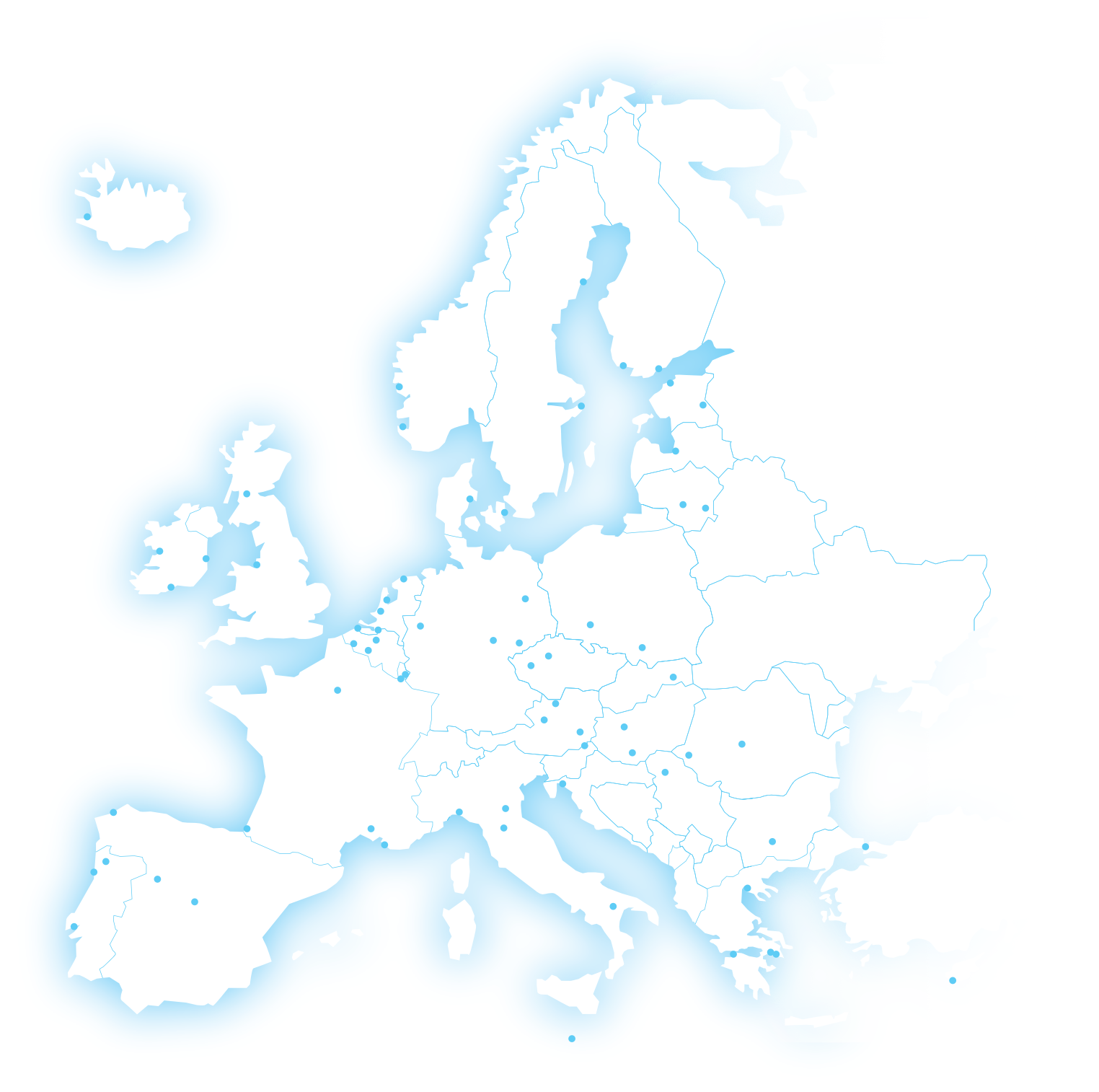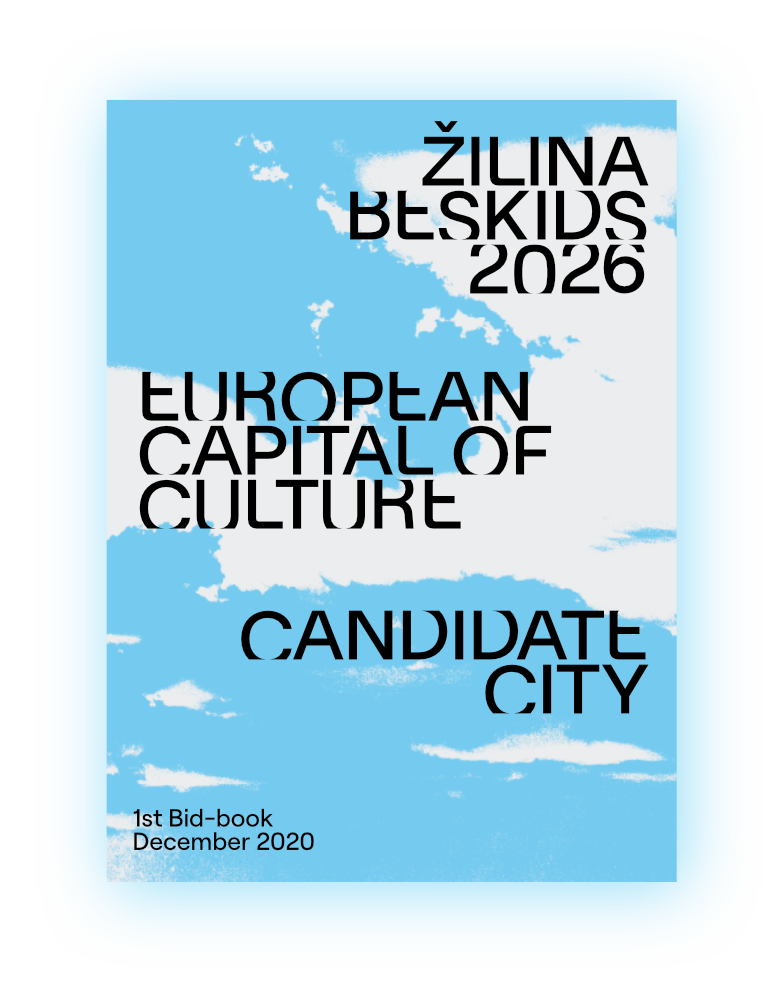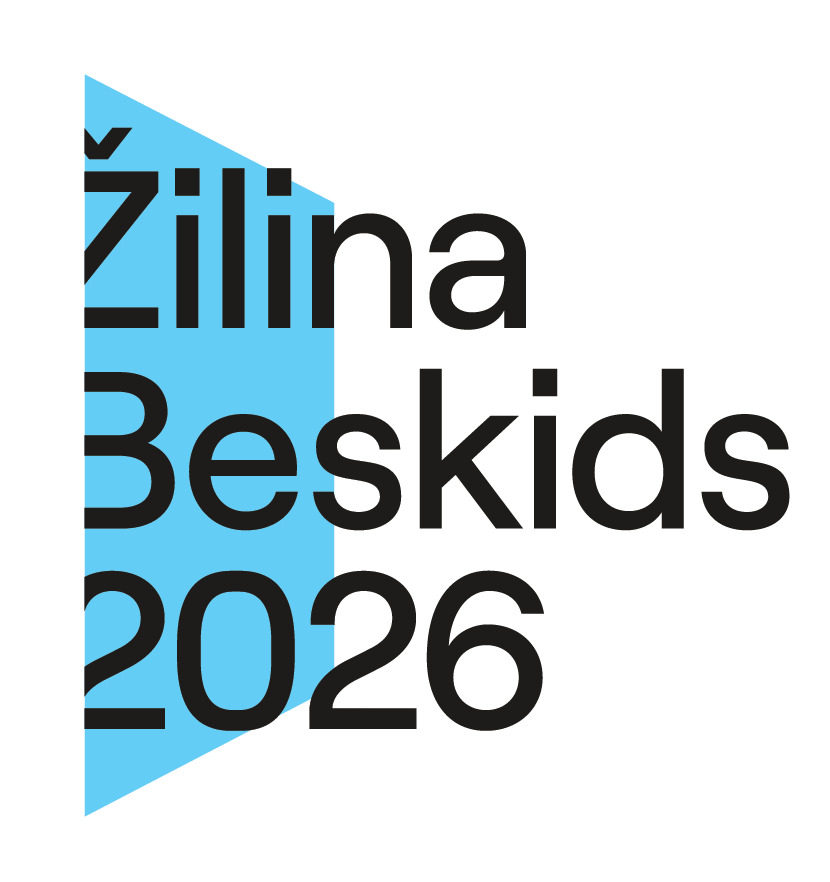EUROPEAN CAPITALS OF CULTURE
What is the European
Capital of Culture?

The European Capital of Culture is one of the best-known and longest-running
initiatives of the European Union in the field of culture. Its main aim is to present the diversity of European cultures and to promote cultural cooperation in Europe. The European Capital of Culture title is not only about the presentation of art and a year-round festival in 2026, but about the overall transformation of the city, redefining its profile and establishing itself in the European context.
The impact of European Capitals of Culture on local culture and city development is farreaching.
It creates an impetus for the cultural and tourist operators in the region; it
gives the city international visibility and raises its European profile; it can mobilise inhabitants and boost the quality of life in the city. The European Capital of Culture is thus not only a cultural or artistic project but an opportunity for large-scale, multisectoral regeneration of the city and the surrounding region.
How is the European
Capital of Culture
selected?

The selection takes place in two stages. In the first round, which closed on 15 December 2020, Žilina presented a 60-page application, the so-called bid book, in which we outlined our overall strategy for the project and a robust artistic programme, among other things. We are then due to present the candidacy in front of an international jury composed of 12 European independent experts. Usually, two to three contestants are shortlisted for the second round and their names will be announced on 5 February 2021.
In the second round, the shortlisted candidates are asked to further develop the
programme, deepen strategy and improve specific areas of the application. The second, more elaborate, bid book will be submitted in August 2021 with the jury visiting the cities in September. The winner of the title will be known by the end of 2021. Therefore if we are granted the title, the realisation phase will begin in 2022, will go on until 2026 and will include a follow-up, evaluation period in 2027.
THE JURY ASSESSES THE APPLICATIONS ON 6 MAIN CRITERIA:
- Contribution to the long-term cultural strategy
- Cultural and artistic content
- European dimension
- Outreach – participation of the local inhabitants
- Management
- Capacity to deliver
It is important to note that in the contest, Slovak cities only run against other Slovak cities. There are 8 declared candidate cities in Slovakia: Banská Bystrica, Hlohovec, Martin, Nitra, Prešov, Trenčín, Trnava and Žilina. In 2026, one of them will become the European Capital of Culture, along with one city from Finland. Oulu, Savonlinna and Tampere have been shortlisted in the competition for the 2026´s title in Finland.
How does European
Capital of Culture work
and how is it financed?
The European Capitals of Culture are selected and formally appointed four years before the year of the title, in the case of Slovakia at the end of 2021. Although this seems like a relatively long time, the experience of past cities shows that this period is needed for proper planning and preparation of a comprehensive year-round event and accompanying strategic processes, like the construction of planned new cultural infrastructure. A new independent organisation is to be created to run the process.
The title normally comes with the Melina Mercury prize and financial support of the EU commission of 1,5 million Euros to be awarded one year before the title year. Most of the budget is, however, collected from local, regional, national and other European resources, as well as from the organisation’s own resources, and from the private sector. The Ministry of Culture of the Slovak Republic communicated already in 2020 that support of 40 million Euros will be dedicated to investments into cultural infrastructure in the award-winning city and financial support will be also allocated for the realisation of the program in the city. The investment from the public budget is rather high, but experience shows that the return on investment in the local economy is much higher (Košice 2013 = 1,6 Euros impact on every 1 Euro invested, 800 000 visitors, 771 new working places created).
EUROPEAN ISSUES
We plan for our program in 2026 to have a strong European dimension using cutting-edge trends in art and to tackle some of the most burning social and environmental issues. The issues with the pan-European impact we are focusing on are:
Climate emergency
We accentuate the need to change our ways and lifestyles as the climate emergency grows by bringing art to nature in -SCAPE Festival, reflecting forest and mountain cultures, promoting a more sustainable city and championing a circular economy with creative upcycling techniques in CC: Circular Culture.
Freedom of expression
In our Media Lab set up with Reporters Without Borders, we address the future of freedom of expression in all sorts of artistic and journalistic expression in Europe in the digital era, in a region shaken by the murders of investigative journalist Ján Kuciak and his fiancée Martina Kušnírová.
Local democracy
With Democracy Festivals Association, Forum 2000 and the Pontis and Polis Foundations in our Democracy Festival, we focus on the current issues of local democracy in a participative, bottom-up, community-driven multi-stage event, seeing the city with its direct impact on citizens’ everyday lives as a battleground for democracy in 21st century.
Working conditions in culture
In the Culture of Culture we seek to explore the working conditions and values of the cultural sector and to define cultural models of the future, vis-à-vis the COVID crisis. We believe a new approach to building sustainable cultural scenes and cultural business models is needed.
European mobility
We want to map the seemingly inconspicuous impact of youth and young adult mobility on European integration by bringing all EU volunteers to Žilina to exchange experiences about how European mobility changed their lives and outlook on the world in a European Voluntary Service Reunion 2026.
Creative industries: their contribution to economy, employment, innovation
To lead the way in how industrial regions can diversify their economy and draw closer to the creative sector, we are setting up a Cross-Border FabLab and Platform(A) that merges art and tech and allows artists to use state-of-the-art technology in solving some of the society’s most pressing problems.


